
Prospero Alpini was a Venetian physician and botanist. He travelled around Egypt and served as the fourth prefect in charge of the botanical garden of Padua. He wrote several botanical treatises which covered exotic plants of economic and medicinal value. His description of coffee and banana plants are considered the oldest in European literature. The ginger-family genus Alpinia was named in his honour by Carolus Linnaeus.

Padua is a city and comune (municipality) in Veneto, northern Italy, and the capital of the province of Padua. The city lies on the banks of the river Bacchiglione, 40 kilometres west of Venice and 29 km southeast of Vicenza, and has a population of 214,000. It is also the economic and communications hub of the area. Padua is sometimes included, with Venice and Treviso, in the Padua-Treviso-Venice Metropolitan Area (PATREVE) which has a population of around 2,600,000.

Albrecht von Haller was a Swiss anatomist, physiologist, naturalist, encyclopedist, bibliographer and poet. A pupil of Herman Boerhaave and Jacob Winslow, he is sometimes referred to as "the father of modern physiology."

Agostino Todaro was an Italian botanist.
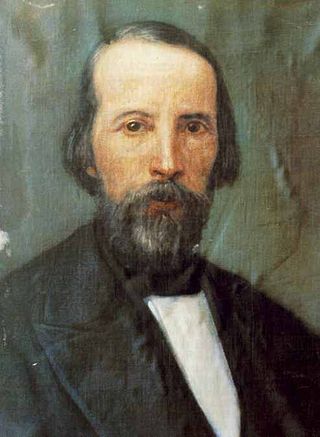
Filippo Parlatore was an Italian botanist.

Ulisse Aldrovandi was an Italian naturalist, the moving force behind Bologna's botanical garden, one of the first in Europe. Carl Linnaeus and the comte de Buffon reckoned him the father of natural history studies. He is usually referred to, especially in older scientific literature in Latin, as Aldrovandus; his name in Italian is equally given as Aldroandi.

Giovanni Passerini was an Italian botanist and entomologist, born on June 16, 1816, in Pieve di Guastalla. He died on April 17, 1893, in Parma.

The Orto Botanico di Padova is a botanical garden in Padua, in the northeastern part of Italy. Founded in June 1545 by the Venetian Republic, it is the world's oldest academic botanical garden that is still in its original location. The garden – operated by the University of Padua and owned by the Italian government – encompasses roughly 22,000 square meters (240,000 sq ft), and is known for its special collections and historical design.
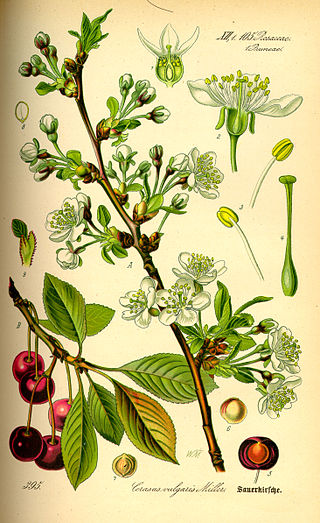
The marasca cherry is a type of sour Morello cherry known only from cultivation. It is reputed to attain its finest flavor when grown in coastal Croatia.

Pier Andrea Saccardo was an Italian botanist and mycologist. He was also the author of a color classification system that he called Chromotaxia. He was elected to the Linnean Society in 1916 as a foreign member. His multi-volume Sylloge Fungorum was one of the first attempts to produce a comprehensive treatise on the fungi which made use of the spore-bearing structures for classification.
Giovanni Zantedeschi was an Italian physician and an important Italian botanist.

The Orto Botanico dell'Università di Pavia also known as the Orto Botanico di Pavia, is a botanical garden maintained by the University of Pavia. It is located at Via S. Epifanio, 14, Pavia, Italy, and is open to the public on weekends. The botanical garden covers an area of about two hectares and has approximately two thousand different species of plants, which are organised in sections. The current director is Francesco Sartori.The Botanical Garden stands in the place where the church of Saint Epiphanius was located, of which it preserves the cloister of the 15th century.
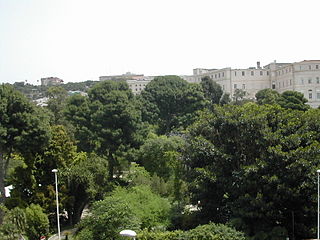
The Orto Botanico dell'Università di Cagliari, also known as the Orto Botanico di Cagliari, is a botanical garden operated by the University of Cagliari and located at Viale S. Ignazio da Laconi 9–11, Cagliari, Sardinia, Italy.

The Orto Botanico dell'Università di Catania, also known as the Hortus Botanicus Catinensis, is a botanical garden in Catania, Sicily, southern Italy. It is operated by the University of Catania botany department. This institution is a member of BGCI, with international identification code CAT.
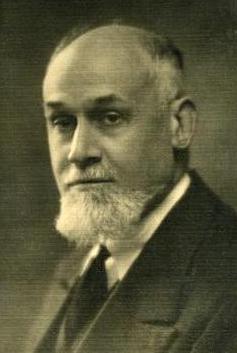
Emilio Chiovenda was an Italian botanist.
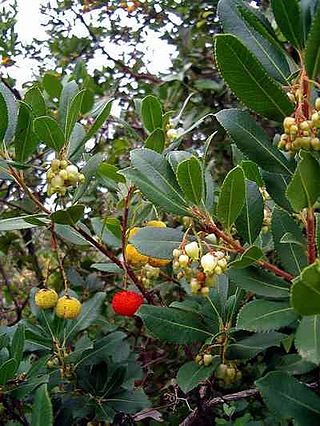
The flora of Italy is all the plant life present in the territory of the Italian Republic. The flora of Italy was traditionally estimated to comprise about 5,500 vascular plant species. However, as of 2019, 7,672 species are recorded in the second edition of the flora of Italy and in its digital archives Digital flora of Italy. In particular, 7,031 are autochthonous and 641 are non native species widely naturalized since more than three decades. Additionally, further 468 exotic species have been recorded as adventitious or naturalized in more recent times.

Giovanni Gussone was an Italian academic and botanist, remembered for his work in plant taxonomy and in particular his research in Sicilian flora.
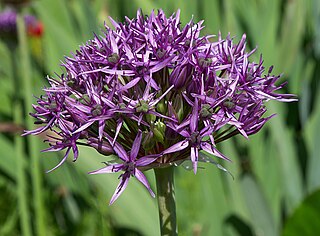
Allium atropurpureum is a plant species native to Hungary, the Balkans, and Turkey. It is widely grown as an ornamental for its rich, deep purple flowers.

Giovanni Battista Traverso (1878–1959) was a mycologist and plant pathologist on the early 20th-century.
The following is a timeline of the history of the city of Padua in the Veneto region of Italy.


















